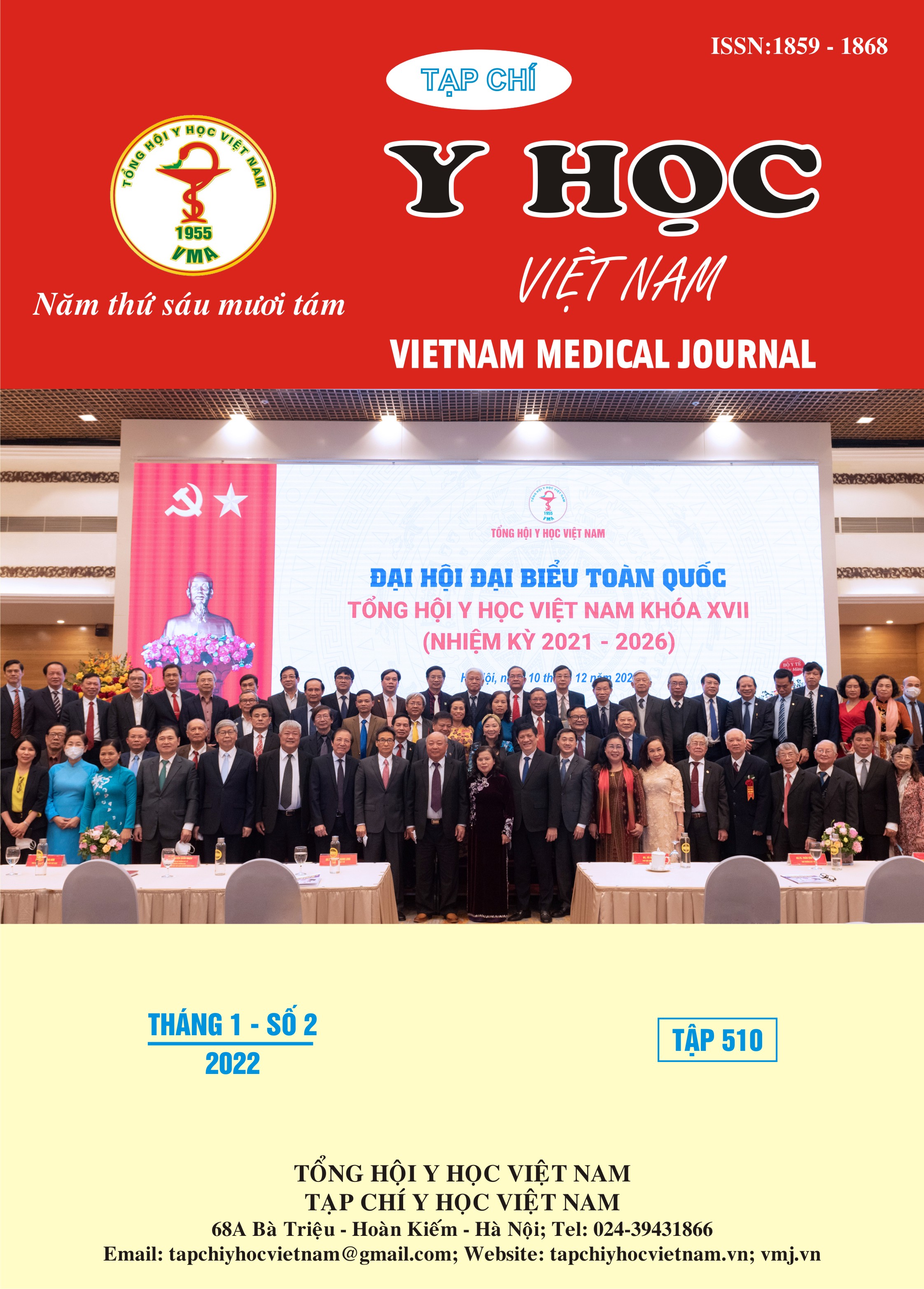KHẢO SÁT TỶ LỆ KHÁNG KHÁNG SINH CỦA VI KHUẨN ESCHERICHIA COLI GÂY NHIỄM KHUẨN TIẾT NIỆU Ở BỆNH NHÂN ĐÁI THÁO ĐƯỜNG
Nội dung chính của bài viết
Tóm tắt
Nhiễm trùng đường tiết niệu phổ biến hơn, nặng hơn và mang lại kết quả xấu hơn ở bệnh nhân đái tháo đường týp 2. Nguyên nhân chủ yếu là do vi khuẩn đặc biệt vi khuẩn E. coli. Mục tiêu nghiên cứu: Khảo sát tỷ lệ E. coli gây nhiễm khuẩn tiết niệu ở bệnh nhân đái tháo đường và mức độ đề kháng của các chủng E. coli phân lập. Đối tượng và phương pháp nghiên cứu: nghiên cứu mô tả cắt ngang, tất cả 295 bệnh nhân được chẩn đoán Đái tháo đường và được cấy nước tiểu, tại Khoa Nội tiết Bệnh viện Hữu Nghị Đa Khoa Nghệ An từ 01/2021 đến 04/2021. Kết quả: Tỷ lệ E. coli gây nhiễm khuẩn đường tiết niệu phân lập được chiếm 65,3% (17/26) trong tổng số chủng vi khuẩn. Tỷ lệ các chủng sinh ESBL là 47,4%. E.coli kháng với nhóm kháng sinh Quinolon từ 42,1 – 57,9%. Kháng với nhóm Cephalosphorin 42,1 – 73,7%; Ampicillin và Piperacilli 84,2%; Cotrimoxazol và Ampicillin/Sulbactam là 57,9%. Tuy nhiên các kháng sinh nhóm Carbapenem, Fosmicin và Amikacin còn nhạy cảm tốt với vi khuẩn E.coli với tỷ lệ > 95% -100%. Kết luận: E. coli dẫn đầu các căn nguyên gây nhiễm khuẩn tiết niệu ở bệnh nhân đái tháo đường và đề kháng với tất cả kháng sinh thử nghiệm với các mức độ khác nhau. Do đó giám sát thường xuyên về mức độ đề kháng kháng sinh của vi khuẩn đề giúp công tác kiểm soát nhiễm khuẩn, quản lý và sử dụng kháng sinh hiệu quả.
Chi tiết bài viết
Từ khóa
E. coli, nhiễm khuẩn tiết niệu, đái tháo đường
Tài liệu tham khảo
2. Demiss Nigussie, Anteneh Amsalu (2017). Prevalence of uropathogen and their antibiotic resistance pattern among diabetic patients. Turk J Urol 2017; 43(1): 85-92
3. Orna Nitzan, Mazen Elias, Bibiana Chazan et al (2015). Urinary tract infections in patients with type 2 diabetes mellitus: review of prevalence, diagnosis, and management. Diabetes, Metabolic Syndrome and Obesity: Targets and Therapy, 8, 129-136.
4. Nguyễn Thị Thu Hương, Đỗ Gia Tuyển (2021). Nhiễm khuẩn tiết niệu ở người bệnh đái tháo đường – kết quả từ các nghiên cứu trong bối cảnh ra đời nhóm thuốc hạ đường huyết mới ức chế SGLT2. Tạp chí nội tiết và đái tháo đường Việt Nam, số 20/2021.
5. Kaleem UZ, Abdul HS, Asher F et al (2019). Frequency of urinary tract infection and antibiotic sensitivity of uropathogens in patients with diabetes. Pak J Med Sci. 2019;35(6):1664-1668
6. Abdulaziz Alqasim, Ahmad Abu Jaffal, and Abdullah A. Alyousef (2018). Prevalence of Multidrug Resistance and Extended-Spectrum β-Lactamase Carriage of Clinical Uropathogenic Escherichia coli Isolates in Riyadh, Saudi Arabia. International Journal of Microbiology, Volume 2018, Article ID 3026851, 9 pages
7. Cao Minh Nga và các cộng sự (2010). Sự đề kháng kháng sinh của các vi khuẩn gây nhiễm khuẩn đường tiết niệu ở người lớn.Tạp chí Y học TP Hồ Chí Minh. 14(1), tr. 8.
8. Trần Thị Thủy Trinh và Bùi Mạnh Côn (2016). Đề kháng kháng sinh của các tác nhân gây nhiễm khuẩn đường tiết niệu tại bệnh viện An Bình năm 2015. Tạp chí Y học TP Hồ Chí Minh. 20(5), tr.6.
9. Huỳnh Minh Tuấn và các cộng sự (2015). Khảo sát phổ vi khuẩn gây nhiễm trùng tiểu và phổđề kháng kháng sinh của chúng trên bệnh nhân đến khám và điều trị tại bệnh viện đại học y dược thành phố hồ chí minh. Tạp chí y học thành phố Hồ Chí Minh. 19(1), tr. 6.


